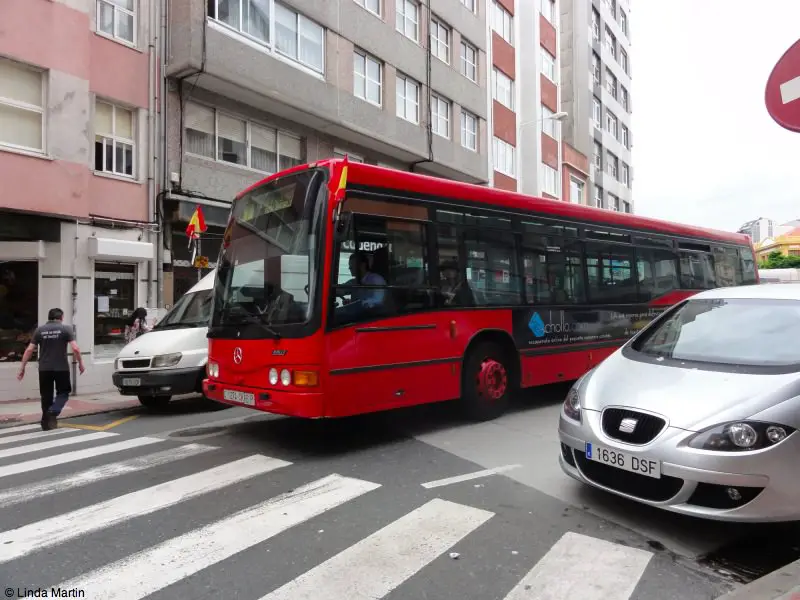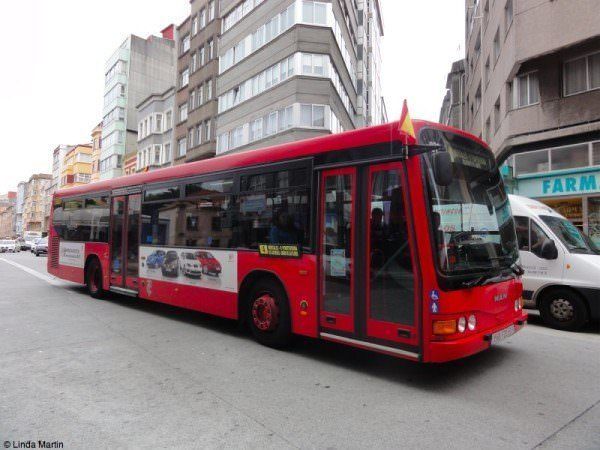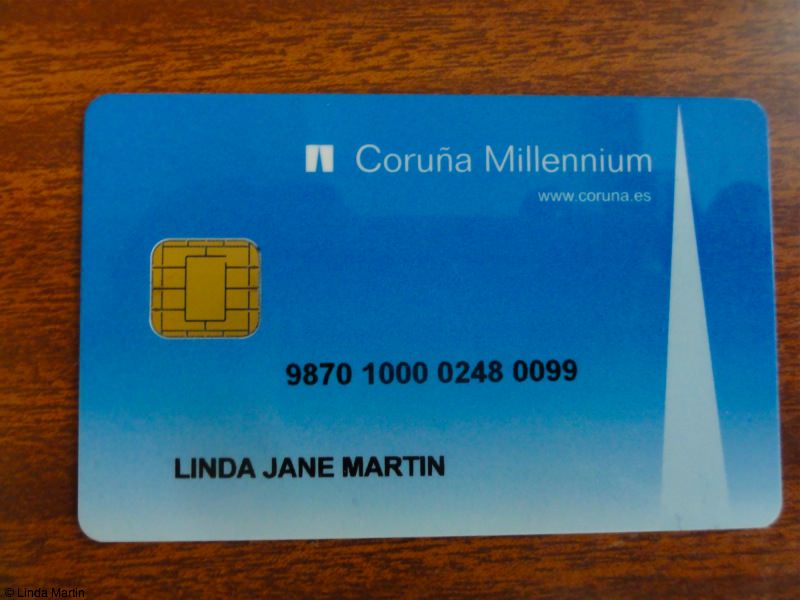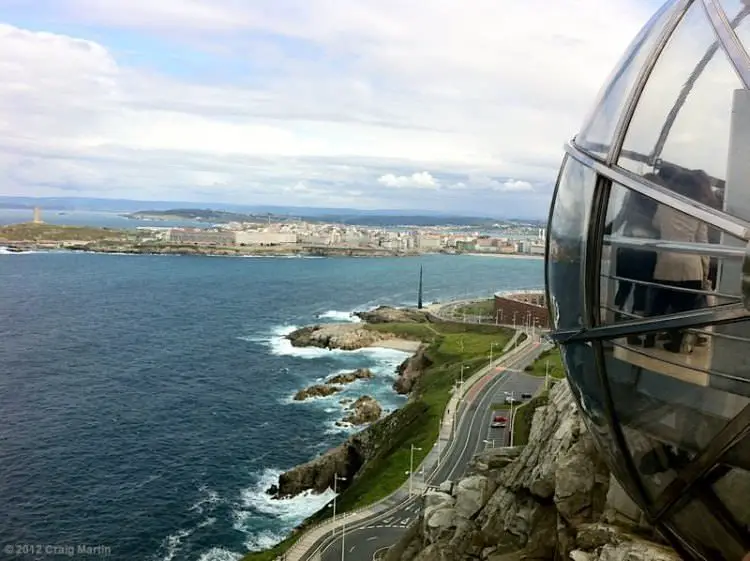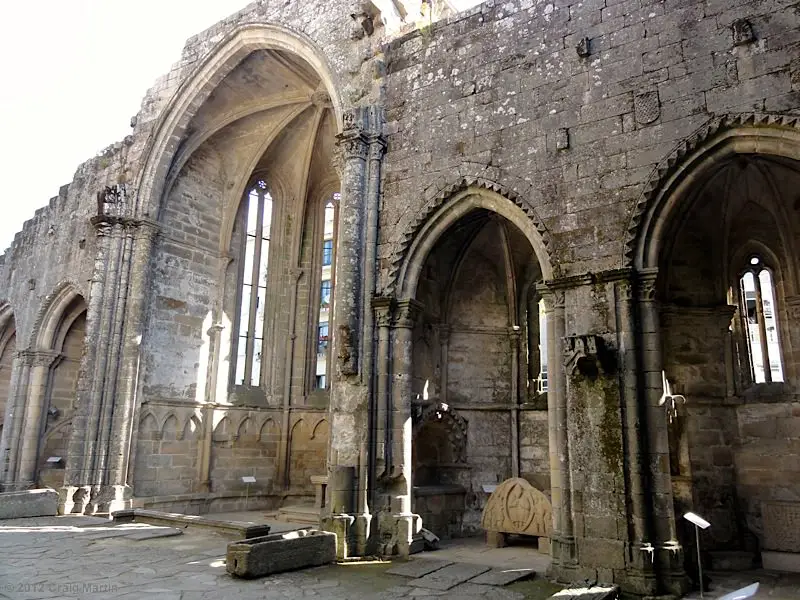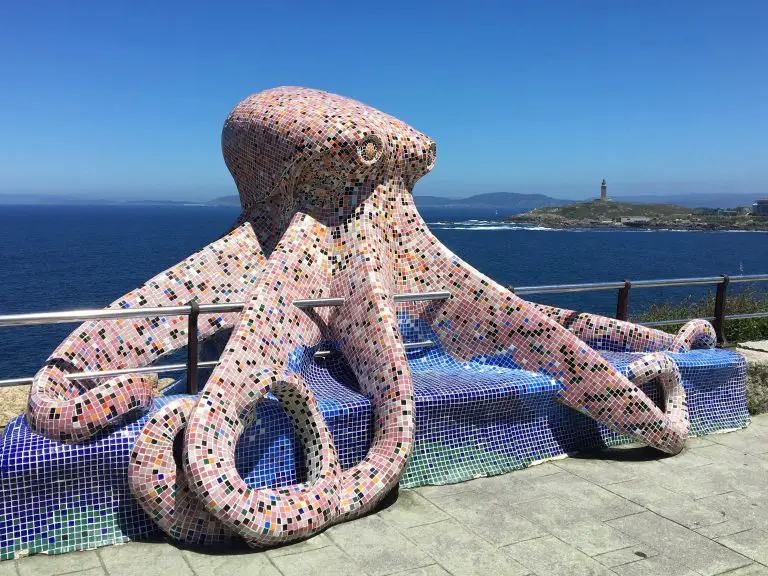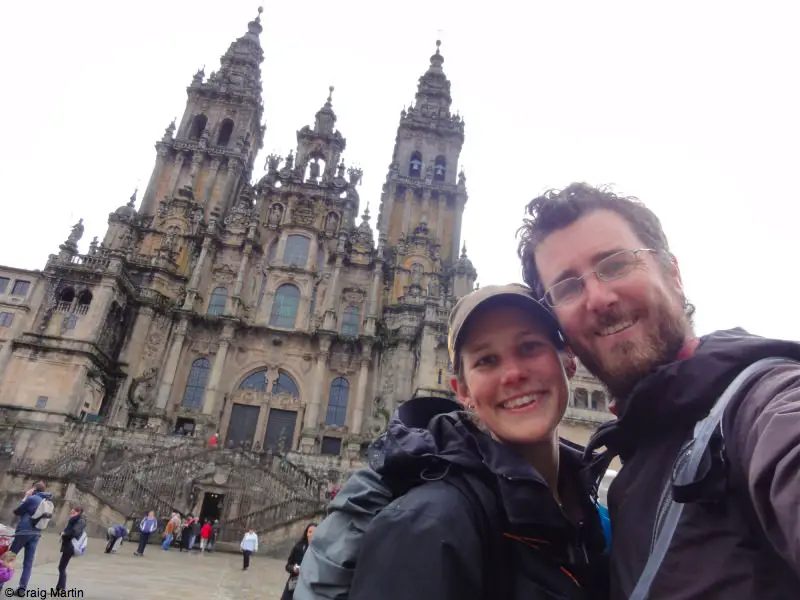How to get around in A Coruna, Spain
Getting around in A Coruna means one of two things: walking or catching the bus. It’s quite a small city so it’s not worth hiring a car, and parking can be a bit of a nightmare anyway — not to mention the narrow streets and confusing one-way system. You’re better off keeping it simple.
A Coruna is situated on a T-shaped isthmus, with the old town on one end of the crossbar and a historic lighthouse (the Tower of Hercules) on the other. Near the old town, you’ll find Maria Pita Square, which is more or less the centre of the city, and which houses the Town Hall, the tourist information office, and a variety of restaurants.
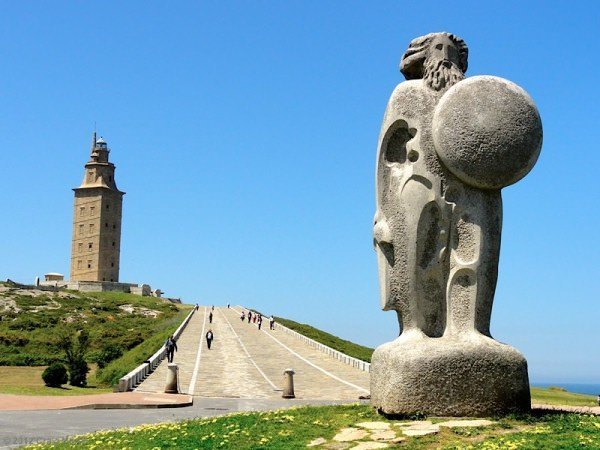
The downstroke of the T is flanked on one side by a long white-sand beach and on the other by the port; the streets in between house restaurants, bars, and shops. The city stretches inland as well; the area around the base of the T is a popular residential zone, and there are several large malls located in this direction. The airport is 8km from the centre of the city.
Arriving
You’ll probably either arrive at the airport or the train station. A Coruna airport is small but pleasant, and a bus runs every half-hour (on the quarter-hour) to Puerta Real — one of the entrances to Maria Pita Square. It’s not hard to find the bus stop at the airport: just walk outside from the arrivals area and look right. The trip costs €1.40 and takes about 25 minutes.
If you’re coming up from Santiago de Compostela, the best bet is to travel by train. Fares vary, but the 40-minute trip usually costs €5.05. Unfortunately, on arrival, the A Coruna train station is some distance from the centre of the city — about a half-hour walk. You can, however, catch bus number 5, which will take you past the port and Maria Pita Square, and along the crossbar of the T all the way to the Tower of Hercules.
Routes and timetables
You can pick up an information brochure in the tourist office, or just head to the nearest bus stop to see which buses pass there. In addition to the bus number, the signs show all the stops on the route, so if you know where you’re going you can check that you’ve chosen the right bus number.
Most routes don’t have a fixed schedule. They start running from around 7am or 8am and services finish between 10pm and 11pm. The buses run at intervals between these times. The interval is usually between 10 and 20 minutes, and many of the more popular bus stops have electronic signs to let you know when the next bus is due to arrive. There is a night bus (B) on Saturdays and public holidays, which runs hourly from 12.30am to 1.30am, and has 56 stops all around the isthmus and inland.
The bus company website has some useful information, but some of it is out-of-date — for example, it mentions the tram which used to run around the Paseo Marítimo but stopped running over a year ago.
Paying
The cash fare for most routes is €1.20. You pay the driver as you get on the bus, receiving a ticket in return. It’s always worth having the exact fare in coins, but the driver will give you change if necessary. If you’re staying for a while and plan to use the bus a lot, it might be worth getting a Millennium card.
The Millennium card is a stored-value pass that can be loaded with up to €60 of credit. It costs €7 for visitors to obtain (€3 for residents of the city) but the cost of each journey is reduced to just €0.75.
However, getting the card isn’t the easiest procedure — Spain loves bureaucracy! First, you have to go to the town hall and register your details, which doesn’t take long if you’ve already registered as a resident. You’ll be given a bill which you need to pay at the council offices a few minutes’ walk away, after which you can return to the town hall to pick up the card. And of course, you’ll have to take a number and wait your turn each time.
But that’s not all. You can’t use your card on the same day you obtain it, because it has to be processed and that happens in the evening. The next day however, you can take your card to a Novagalicia bank, add credit, and you’re (hopefully) ready to go.
If you’re travelling as a couple or in a group, one card will do, since you can use the same card for multiple passengers. However, you’ll need to tell the driver that you’re paying for two passengers before you pay for the first person, as the machine doesn’t allow you to do this automatically.
Or, just walk
Of course, you can avoid all the hassle by just walking everywhere. There’s a great Paseo Marítimo (seaside walk) during the day, and at night being on foot means it’s easier to stop for tapas!

